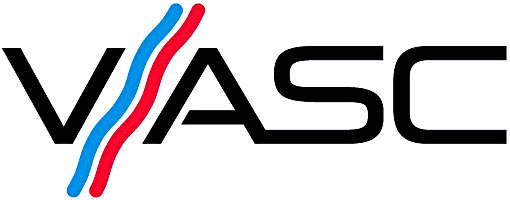Renal Access
Renal failure is a condition where the kidneys have stopped working. It is the kidneys job is to rid the body of water and toxins that build up during daily life. If the kidneys fail totally, these toxins will build up rapidly to cause death within days or weeks and the only way to survive is to have dialysis. The two common form of dialysis are 1. Haemodialysis and 2. Peritoneal dialysis. Dr Bond undertakes or oversees more renal access surgery than any other single surgeon in WA in the public system. He has published papers on new techniques for the management of fistulas and has recently introduced a new procedure previously not undertaken in Australia.
WHAT IS HAEMODIALYSIS? >
Hemodialysis is a treatment for kidney failure that uses a machine to do the job of the kidneys. Blood is sucked out of a needle in a vein, sent into a machine which filters away water and toxins, and then pumped back into another vein. About a pint of blood (a fifth of the total body’s blood volume) flows through the machine every minute. It is important that the veins are big enough to allow such a large amount of blood to be removed and replaced at high velocity. Unfortunately, veins are usually small, the blood flows slowly within them and they have thin walls which are easily damaged and will not support dialysis for more than a few days or weeks. They need to be modified to be used long term for dialysis.
What is a vascular access? >
Vascular access can take several forms, but essentially, it is a surgical procedure where a vein is surgically modified to allow regular haemodialysis to occur. The most common way this is done, is by connecting an artery to a vein directly, to create an Arterio-Venous Fistula (AVF), or connecting a vein to an artery with a piece of plastic tubing, to create an Arterio-Venous Graft (AVG). Generally speaking, a fistula will be formed in the non-dominant arm. When it is formed, the fistuila then takes three months before it can be used.
What is a venous catheter (Hickman line, vas-cath)?
If kidney disease has progressed quickly, a patient may not have time for placement of an AV fistula or AV graft before starting hemodialysis treatments and hence a venous catheter may be needed. Central venous catheters are inserted under local anesthesia and Venous catheters are not ideal for long-term use. With a venous catheter, a patient may develop a blood clot, an infection, or a scarred vein, causing the vein to narrow. However, if a patient needs to start hemodialysis right away, a venous catheter will work for several weeks or months until a surgeon can perform a long-term access surgery and the AV fistula or AV graft has time to mature.
For further reading and more information about Arteriovenous Fistula please click the button below to download our information booklet.
